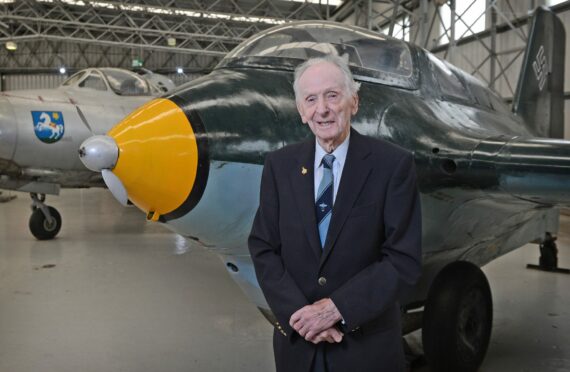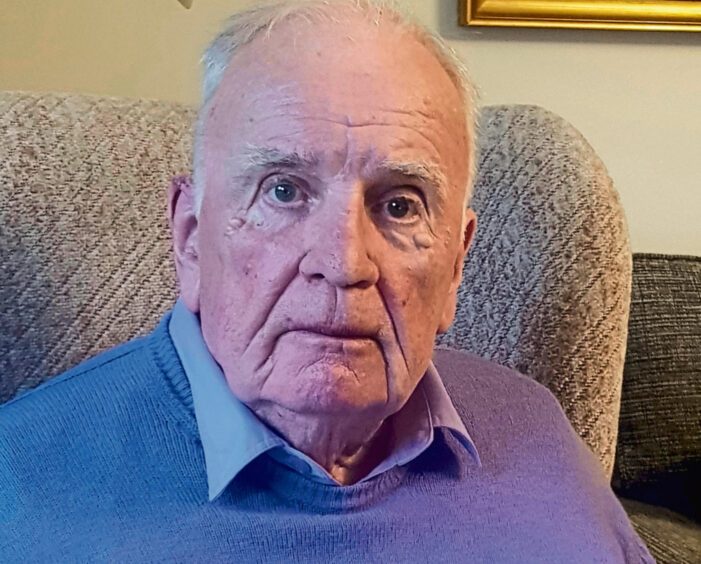
Scotland has a worldwide reputation for its shipbuilding industry but far less is known about its pioneering work in aviation.
From early biplanes to fighter jets, daring pilots and commercial airlines, Robert Jeffrey tells Laura Smith the Honest Truth about Scotland in the air
What is Scotland’s most important contribution to aviation?
If it wasn’t for a tragic accident, Scotland’s most important contribution to the development of aviation would be the early flights of Glasgow-based Percy Pilcher. His success with experimental hang glider flights, including his Hawk Glider, would have undoubtedly led him to beat the Wright Brothers in reaching controlled powered flight.
Pilcher also designed a powered triplane but died while demonstrating his hang glider before he could test it. In 2003, a plane made using his original plan flew for one minute and 25 seconds, beating the 59 seconds set by the Wright Flyer in 1903.
What can you tell us about Scotland’s first flying machines?
Other pioneers were brothers Frank and Harold Barnwell, who ran a garage in Stirlingshire and built three planes between 1908 and 1910. The last of these became Scotland’s first powered flight which took off from a field near the National Wallace Monument.
Another flight won them £50 for being the first in the country to fly over one mile.
Who are some of Scotland’s most famous aviators?
Glasgow-born Jim Mollison and his wife Amy Johnson were the “Flying Sweethearts”. In 1932, Jim made the first east-to-west solo transatlantic flight and made headlines with an Australia to Britain flight that broke the record by two days. Amy broke some of his records.
Other flying legends include Lord Clydesdale and David McIntyre who were the first to fly over Mount Everest in 1933.
More recent is the legendary Eric “Winkle” Brown of the Fleet Air Arm, a test pilot who is said to have flown 487 different types of aircraft and was the first to land a jet on a carrier. He survived umpteen crashes and died in 2016 aged 97.
How did Scotland aid aviation during wartime?
During the Second World War, the City of Glasgow 602 Squadron and the City of Edinburgh 603 provided some of the greatest pilots of the Battle of Britain and beyond, such as Archie McKellar, Sandy Johnstone George Pinkerton, Al Deer and Paddy Gilroy. Their bravery helped turn the tide of the war. Prestwick Airport was also a vital staging point for newly built planes being ferried to the Allies from the US.
What was the aircraft manufacturing industry like in Scotland?
The great days of aircraft manufacturing in Scotland are in the past. During the Second World War, the Blackburn Aircraft Factory and Denny’s in Dumbarton did vital work producing aircraft, in particular, the Sunderland flying boat.
Pre-war, Beardmores built airships at Inchinnan, Renfrewshire, and Weirs of Cathcart built flying machines.
Prestwick was the home of Scottish Aviation and the hugely successful Pioneer range of short take-off and landing planes, which sold round the word, the most famous plane built in Scotland, in my opinion.
When did commercial flights begin?
Commercial aviation took off in Scotland in the early ’30s with small companies competing for the best routes to places such as Campbeltown and the more accessible islands.
Railway companies and bus companies tried to join the rush to capitalise on the new technology with their own airlines. Those who ran the companies were often the pilots.
The main non-human cargo was newspapers so that people in Stornoway could the paper at the same time as those in London. Though the latter might turn to the city prices first, the other to the sports pages.
There have been hundreds of airline amalgamations. Loganair is the most successful survivor in these troubled times.
Scotland’s Wings by Robert Jeffrey, Black & White, is out on Thursday

Enjoy the convenience of having The Sunday Post delivered as a digital ePaper straight to your smartphone, tablet or computer.
Subscribe for only £5.49 a month and enjoy all the benefits of the printed paper as a digital replica.
Subscribe